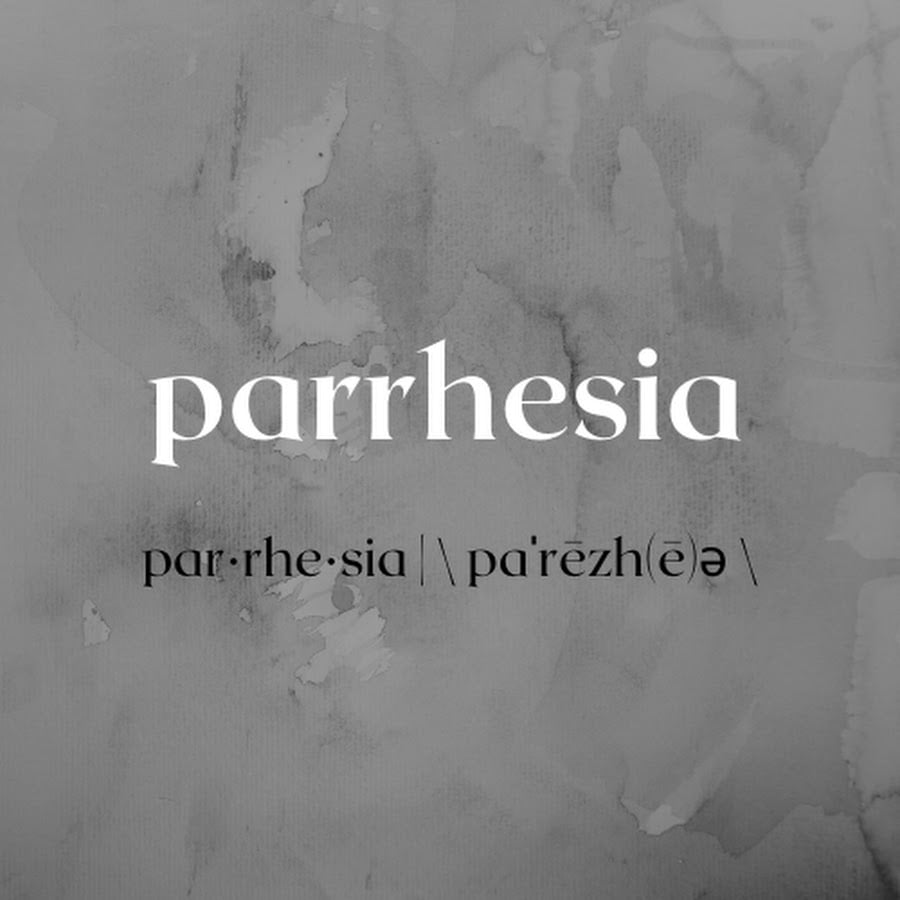"If this is not a cemetery, what is it?"


Despite the fact that I found Yolcu Theater's Gomidas highly valuable and successful in many respects, I was not sure what to think of the play when I left the theater. First of all, I am grateful to the entire team for their hard work on Gomidas' life and more importantly, for writing a text that reveals what happened to him without hiding it. It is as if they created a space for Gomidas, who was known for his silence, to speak. The issue that puzzles me is that Gomidas' life is told retrospectively, from the perspective of his final days in the mental hospital, resulting in a narrative that is constructed as if he had always suffered from madness. It is as if we are following the life of a Gomidas who has been mad his entire life, from his birth to the asylum to his death. I can't help but wonder if this helps soften the shattering in his mind caused by the events of April 24th and its aftermath.
The story about Gomidas' life that I think we are all familiar with - or hope that we are - is that he was a priest who did a tremendous amount of work in the field of Armenian folk and church music, was arrested on April 24, 1915, and taken to Çankırı, was rescued by some eminent people, and spent the rest of his life in psychiatric hospitals in France, and died. One of the strongest rumors about Gomidas is that he never ever spoke after 1915. We know with almost certainty that Gomidas stopped seeing and rarely spoke to his old friends, especially those who had caused his institutionalization. However, it is not true that Gomidas never spoke. So why is this narrative taken so much for granted? I think that speaking, symbolizing, and articulating what happened means that in one way or another, we are coping with trauma; not speaking, on the other hand, is not only a sign of not coping with the trauma, but also a sign of resistance. Whether Gomidas speaks a little or a lot, he represents a rejection of the idea that it is possible to return to life after the genocide, and perhaps, this rejection is embodied in the rumor that he never, ever spoke.
What I understand from Rita Soulahian Kuyumjian's book The Archaeology of Madness, Gomidas, is that there are multiple events that triggered Gomidas' psychosis. Psychoanalysis tells us that it is possible to have a psychotic mental structure and live without psychotic symptoms. I believe Gomidas was mentally predisposed to psychosis as a result of the impact of losing his mother and father at a very early age, but he had established a stable universe for himself through his music and his work. According to Kuyumjian, the event that brought psychosis to the surface was the moment when a gendarme noticed the exhausted Gomidas drinking water on the road to Çankırı and emptied the water bucket over his head. The water hitting him in the face shattered the world in which he felt relatively safe and shifted the ground beneath his feet. Thus, the universe of Gomidas, who from the beginning of the journey had been trying to give consolation to the others and take a strong stance, collapsed. Yet, was Gomidas ever supposed to spend the rest of his life in mental hospitals? It is a difficult question to answer. Kuyumjian interprets Gomidas’ being left in the hands of psychiatry as an effect of the genocide as well.
At the beginning of the article, I mentioned that Gomidas was institutionalized in France. This is true yet not accurate. Before he was sent to France, Gomidas spent two years in the Lape Hospital in Istanbul under the supervision of the famous Mazhar Osman. The way he was brought to the hospital is extremely sad. Just as they were taken from their homes on April 24th under various lies, Gomidas was taken to the hospital by officers under the pretext that a minister wanted to ask him questions about a song. He was not going to be allowed to play music during his hospitalization. Moreover, the conductor of this process was none other than Dr. Vahram Torkomyan, who was taken away and deported to Çankırı with Gomidas on April 24th. Freed from the hands of the army and locked up in a psychiatric hospital, which he viewed as yet another institution of the state, Gomidas' condition did not improve during his time in Lape. His friends finally decided to send him to Paris, once again wrapped in lies, with the good news that he had been invited to a conference. At first, he stayed in the church, but as he showed no sign of improvement, he got locked up once again.
Gomidas suffered financial problems almost all his life, and he had no family to care for him. He was repeatedly shaken by the deaths of both his family and the people who cared for and valued him, and after April 24, he was buried under the ruins of the world he had built out of loss. The genocide crushed everything and everywhere he had breathed before, leaving nothing behind. His closest relatives, albeit with the best of intentions, eventually deceived him and entrusted him to Turkish psychiatrists. They sold some of his belongings without his consent in order to pay for his hospitalization, and forgot to seal his remaining belongings, personal letters, and notes when putting them aside. Gomidas' collapsing universe was further shaken by the deprivation of his belongings, his home, his privacy, and the trust he had in his friends.
While talking about death with his former roommate, painter Panos Terlemezian, during the latter’s visit to the hospital in Paris, Gomidas opens the door of his room and asks, "If this is not a cemetery, what is it?" He seems to realize that he is being pushed into the death in life. I think we owe it to him to understand his refusal without reducing it to "he went mad, kept silent and died", without reducing the reasons for his silence and withdrawal from life to the night of April 24, 1915, and to remember Gomidas neither only for his silence nor only for his madness. Perhaps we should represent Gomidas in a language that has begun to deteriorate, especially on the road to Çankırı, a language that death, lies, and mistrust have gradually shattered and broken.



